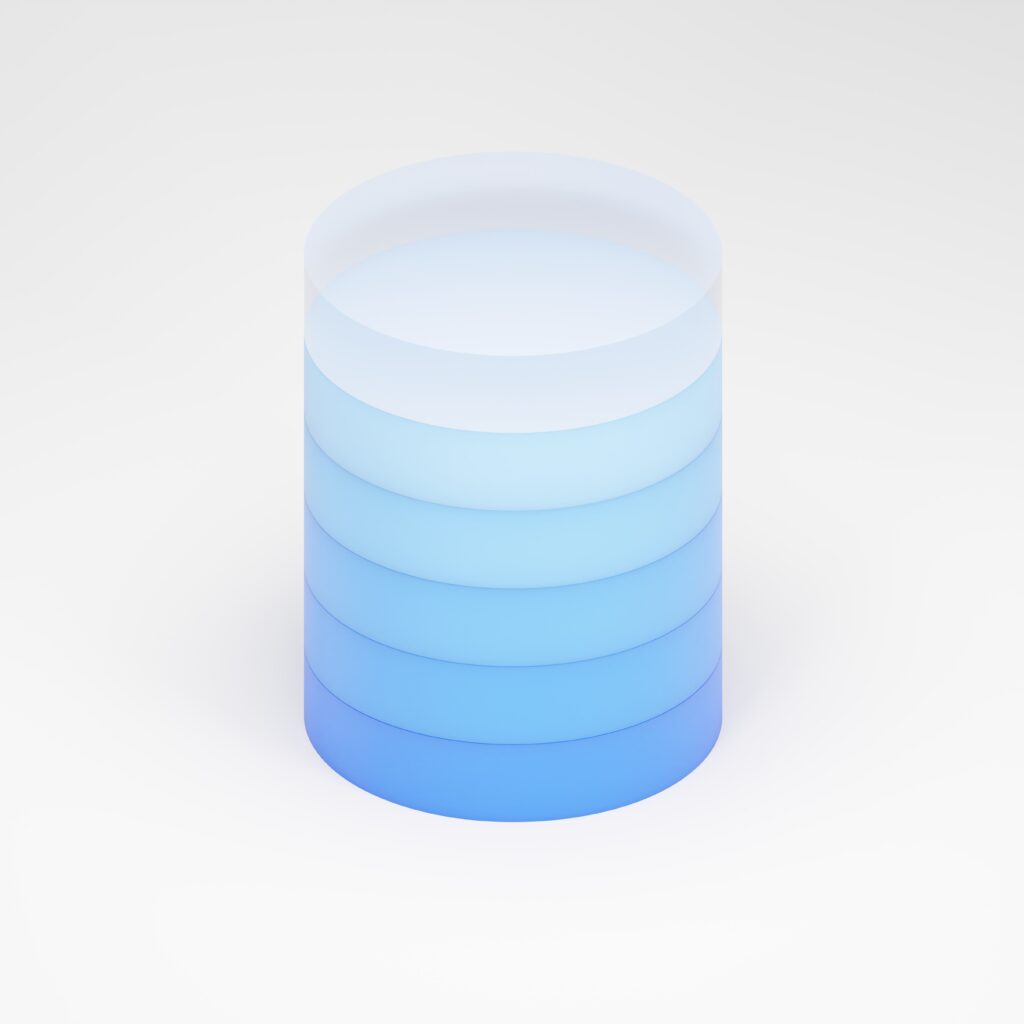Oracle SQL is a powerful relational database management system (RDBMS) that is widely used in enterprise applications. It is known for its scalability, performance, and advanced features, which make it a popular choice for businesses of all sizes.
However, Oracle SQL also has a number of nuances that can make it challenging to work with for developers who are new to the system. In this article, we’ll explore some of the nuances of Oracle SQL and how to work with them effectively.
One of the most important things to understand about Oracle SQL is its use of transactions. In Oracle SQL, transactions are used to group a series of SQL statements together into a single unit of work. This allows multiple SQL statements to be executed as a single operation, which can be useful for ensuring data consistency and reliability.
Another key aspect of Oracle SQL is its use of indexes. Indexes are used to speed up queries by providing a way to look up data more quickly. However, creating and maintaining indexes can be a time-consuming process, and it’s important to understand how to use indexes effectively in order to get the best performance from your queries.
Oracle SQL also has a number of advanced features that can be used to perform complex data analysis tasks. For example, the system includes support for window functions, which allow you to perform calculations across a range of rows in a table. This can be useful for performing tasks such as running totals, moving averages, and ranking data.
In addition to these features, Oracle SQL also has a number of nuances when it comes to syntax and keywords. For example, Oracle SQL is case-insensitive when it comes to SQL keywords, but is case-sensitive when it comes to table and column names. This can lead to confusion if you’re not careful when writing your SQL statements.
Another important nuance of Oracle SQL is its use of data types. Oracle SQL has a wide range of data types available, including numeric, character, and date/time types. However, it’s important to choose the right data type for your data in order to ensure data accuracy and performance.
Finally, it’s worth noting that Oracle SQL has a steep learning curve, especially for developers who are new to the system. The system is very powerful and feature-rich, but can be overwhelming at first. It’s important to take the time to learn the system thoroughly and to seek out resources such as online tutorials, documentation, and user forums.
In conclusion, Oracle SQL is a powerful RDBMS system that is widely used in enterprise applications. However, it also has a number of nuances that can make it challenging to work with, especially for developers who are new to the system. Understanding these nuances, including transactions, indexes, advanced features, syntax, data types, and the learning curve, is essential for working effectively with Oracle SQL. With the right knowledge and resources, however, developers can harness the power of Oracle SQL to build robust and reliable applications.





